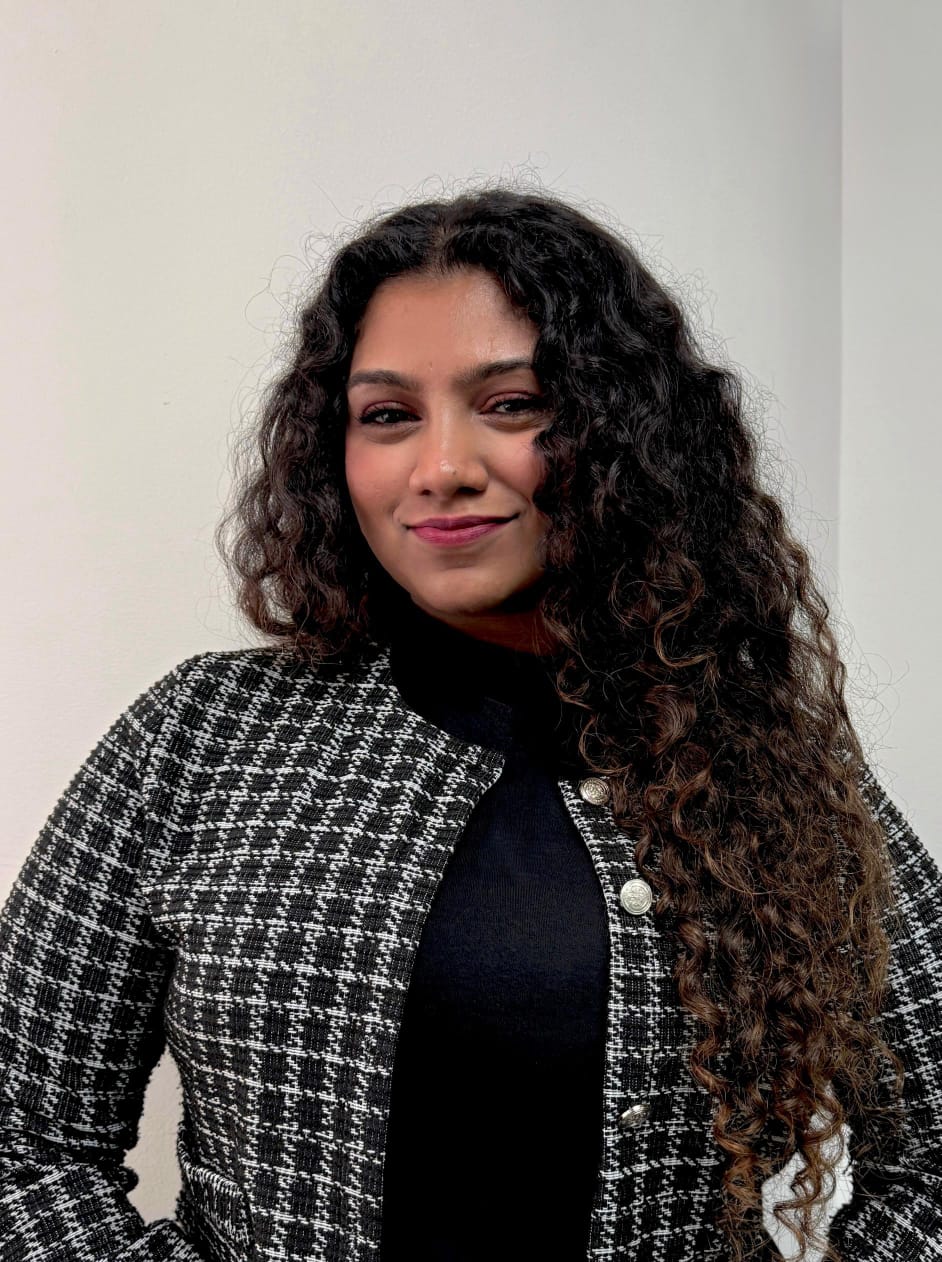Welcome to the captivating realm of body language! Have you ever wondered about the unspoken messages we convey through our gestures, facial expressions, and posture? It’s time to unlock the secrets behind this powerful form of communication. Whether you’re in a business meeting, social gathering, or simply having a conversation with someone, understanding and utilizing body language can make all the difference in establishing rapport and connection.
In this blog post, we will delve into the fascinating world of nonverbal cues and explore how they impact our communication and relationships. From deciphering subtle signals to adapting our own body language for different contexts, we’ll equip you with valuable insights that will enhance your interpersonal skills.
So get ready to discover the art of reading minds without saying a word as we embark on an illuminating journey into the impact of body language on communication and rapport. Let’s dive right in!
The Impact of Body Language on Communication and Rapport

The Power of Body Language: Understanding Its Impact on Communication
Have you ever heard the saying, “Actions speak louder than words”? Well, when it comes to communication, this couldn’t be more true. Body language is a powerful tool that can convey messages even before we utter a single word. It’s like our own personal translator, helping us understand what someone really means beyond their verbal cues.
Think about it – how often have you relied on someone’s facial expressions or gestures to gauge their emotions or intentions? From a raised eyebrow indicating surprise to crossed arms signaling defensiveness, these nonverbal cues provide invaluable insights into people’s thoughts and feelings.
But body language isn’t just about decoding others; it also plays a crucial role in how we present ourselves and connect with others. Our posture, eye contact, and even our handshake can influence how we are perceived by others. By mastering the art of body language, we can project confidence, build trust, and establish rapport effortlessly.
So next time you find yourself engaged in conversation or navigating social interactions, pay close attention to the unspoken messages being conveyed through body language. You might just uncover hidden depths of understanding and connection that words alone cannot express.
Nonverbal Cues: Interpreting and Utilizing Body Language in Communication
Nonverbal communication is a powerful tool that often speaks louder than words. Through subtle gestures, facial expressions, and body movements, we can convey emotions, attitudes, and intentions without uttering a single word. Understanding and interpreting these nonverbal cues is crucial in effective communication:
- One important aspect of nonverbal communication is body language. The way we hold ourselves, our posture, hand gestures, and eye contact all play a significant role in how others perceive us and what message we are trying to convey. For example, leaning forward while someone else is speaking shows interest and engagement, while crossing your arms might indicate defensiveness or disinterest.
- The key to utilizing body language effectively lies in paying attention to both our own actions as well as those of the person we are communicating with. By being mindful of our own nonverbal cues, we can ensure that they align with the message we want to send. Similarly, by observing the body language of others closely – their tone of voice or any signs of discomfort – we can adjust our approach accordingly.
- It’s also worth noting that cultural differences play a significant role in interpreting body language accurately. What may be considered acceptable or even encouraged behavior in one culture could be seen as rude or offensive in another. Therefore it’s essential to develop cultural sensitivity and awareness when it comes to nonverbal cues.
In conclusion, body language plays an integral part in communication by adding depth and nuance to our conversations.

Building Rapport through Body Language: Establishing Trust and Connection
When it comes to effective communication, words are only a small part of the equation. Our body language plays a significant role in conveying our true thoughts and emotions. It is through nonverbal cues that we establish trust and connection with others:
- One key aspect of building rapport through body language is maintaining eye contact. By looking someone in the eyes, we show that we are present and engaged in the conversation. It demonstrates that we value what they have to say.
- Another important element is our facial expressions. A smile can go a long way in creating a positive atmosphere and making others feel comfortable around us. Frowning or showing signs of disinterest can create barriers between people.
- Posture also plays a crucial role in establishing rapport. Leaning slightly towards someone shows genuine interest, while crossing one’s arms may indicate defensiveness or closed-off behavior.
- Mirroring gestures and movements can help establish a sense of connection as well. Subtly mimicking someone’s body language signals that you are on the same wavelength, fostering understanding and empathy.
- Touch can be an incredibly powerful tool for building rapport when used appropriately. A handshake or pat on the back can convey warmth and friendliness, but it’s essential to respect personal boundaries and cultural norms regarding physical contact.
By being aware of our own body language and paying attention to others’, we can enhance our ability to connect with those around us on a deeper level. Building rapport through nonverbal communication not only establishes trust but also creates lasting connections that transcend mere words alone.
Reading and Responding to Body Language: Enhancing Communication Skills
Reading and responding to body language is a crucial skill that can greatly enhance our communication abilities. When we pay attention to nonverbal cues, we gain valuable insights into what others are thinking and feeling, allowing us to adjust our approach accordingly:
- One key aspect of reading body language is observing facial expressions. The face is like a window into someone’s emotions and intentions. A smile can indicate friendliness or agreement, while a furrowed brow might suggest confusion or concern. By being attuned to these signals, we can better understand the underlying message being conveyed.
- Gestures also play a significant role in body language interpretation. Whether it’s nodding in agreement, waving hello, or crossing one’s arms defensively, gestures provide additional context to the spoken words. It’s important not only to recognize these gestures but also to respond appropriately by mirroring them or adjusting our own stance.
- Posture is another telltale sign of a person’s mood or level of engagement. Someone who stands up straight with open body language appears confident and receptive, while slouched shoulders may signal disinterest or discomfort. By adopting an attentive posture ourselves and encouraging others to do the same through active listening techniques such as leaning forward slightly, we create an atmosphere conducive to effective communication.
- Eye contact should never be underestimated when it comes to nonverbal communication. Maintaining eye contact shows respect and interest in the other person’s thoughts and feelings; however excessive eye contact may come across as aggressive or confrontational depending on cultural norms. Striking the right balance will help establish trust and rapport.
- In addition to reading body language cues accurately, responding appropriately is equally vital for effective communication skills development. Responding positively reinforces connection and understanding between individuals whereas negative responses can lead the conversation astray causing misunderstandings.
By honing our ability to not just read but also respond effectively using appropriate body language signals such as smiling when appropriate and maintaining good posture during conversations ,we can strengthen our communication skills and build rapport with others. The impact of body language in communication should never be underestimated.

Body Language in Professional Settings: Conveying Confidence and Professionalism
In the professional world, body language plays a crucial role in conveying confidence and professionalism. Your nonverbal cues can either enhance or undermine your message, making it essential to be mindful of how you present yourself:
- First impressions are powerful, so make sure to maintain good posture when entering a room. Stand tall with your shoulders back, as this posture exudes confidence and authority. A firm handshake is another important aspect of professional body language – it shows that you are assertive and engaged.
- Eye contact is key when communicating in professional settings. It demonstrates attentiveness and sincerity. Avoiding eye contact can make you appear disinterested or lacking in confidence. Remember to maintain appropriate levels of eye contact during conversations, without staring excessively.
- Gestures also play a role in conveying professionalism. Keep hand movements controlled and purposeful – avoid fidgeting or excessive gestures that may distract from your message. Use open palm gestures rather than closed fist ones, as they indicate openness and approachability.
- Additionally, mirroring the body language of others can help build rapport and establish connections in professional environments. Subtly matching their posture and movements conveys empathy and understanding.
- Be aware of personal space boundaries in different cultures or situations to ensure respectful communication across diverse contexts.
By being conscious of your body language in professional settings, you can convey confidence, competence, and professionalism effectively – opening doors for success!
Adapting Body Language for Different Contexts: Cultural Sensitivity and Awareness
When it comes to body language, one size does not fit all. The way we communicate through nonverbal cues can vary greatly depending on the cultural context. It’s important to be sensitive and aware of these differences in order to effectively connect with others from different backgrounds:
- In some cultures, maintaining direct eye contact is seen as a sign of respect and attentiveness. However, in other cultures, prolonged eye contact may be interpreted as aggressive or confrontational. Understanding these nuances helps us navigate cross-cultural interactions with confidence.
- Gestures also hold different meanings across cultures. For instance, a thumbs-up gesture is widely recognized as a positive signal in Western countries. But did you know that this same gesture can be offensive in certain Middle Eastern and West African cultures? By being mindful of these variations, we avoid unintentionally causing offense or confusion.
- Another aspect of cultural sensitivity lies in personal space boundaries. In Western societies, individuals generally prefer more personal space during conversations compared to Eastern cultures where people are accustomed to standing closer together when speaking. Adapting our own spatial preferences based on the cultural norms around us demonstrates respect and understanding.
- Furthermore, it’s crucial to recognize that certain forms of touch or physical contact may not be appropriate across all cultures. While hugging or patting someone on the back might be acceptable in some contexts, it could be considered invasive or inappropriate elsewhere.
- To effectively adapt our body language for different contexts requires an open mind and willingness to learn about diverse cultural practices and beliefs. By immersing ourselves in intercultural experiences, whether through travel or engaging with people from various backgrounds within our own community, we expand our awareness and become more attuned to the subtle intricacies of communication across cultures.
Adapting our body language for different contexts goes beyond simply mimicking gestures; it involves cultivating cultural sensitivity and awareness. By embracing and respecting the diversity of nonverbal communication practices, we foster meaningful relationships and enrich our cultural understanding.
Conclusion
Body language plays a crucial role in communication and rapport-building. Understanding and utilizing nonverbal cues can enhance our ability to connect with others, convey confidence, and build trust. By reading and responding to body language effectively, we can become more skilled communicators. In professional settings, the impact of body language becomes even more significant as it helps us convey professionalism and competence. Being aware of cultural differences in body language is also essential for effective cross-cultural communication. Remember that body language is not just about what you say; it’s about how you say it. Pay attention to your own gestures, posture, facial expressions, and tone of voice when communicating with others. Mastering the art of body language can have a profound effect on our interpersonal relationships both personally and professionally. So let’s start paying attention to those subtle yet powerful nonverbal cues and watch how they transform our communication skills for the better!

This Article is Reviewed and Fact Checked by Ann Sarah Mathews
Ann Sarah Mathews is a Key Account Manager and Training Consultant at Rcademy, with a strong background in financial operations, academic administration, and client management. She writes on topics such as finance fundamentals, education workflows, and process optimization, drawing from her experience at organizations like RBS, Edmatters, and Rcademy.



